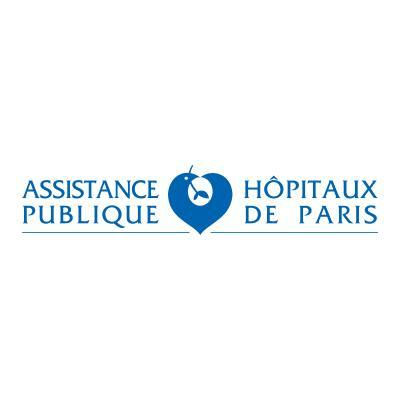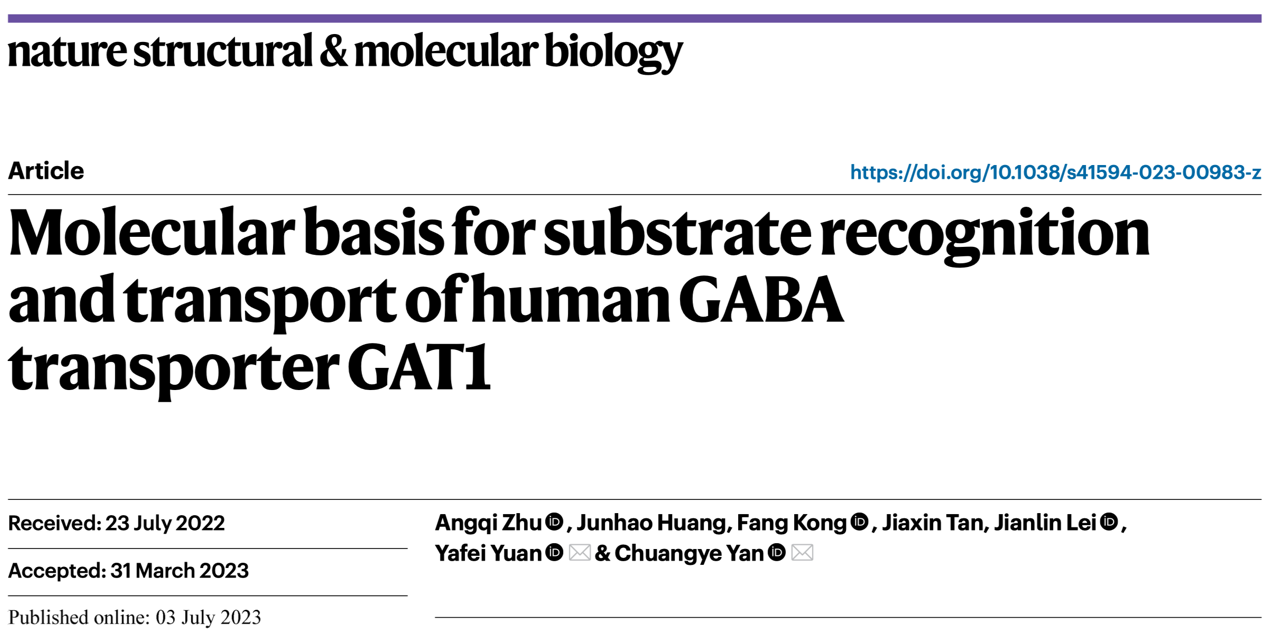预约演示
更新于:2025-05-16
Tiagabine Hydrochloride
盐酸噻加宾
更新于:2025-05-16
概要
基本信息
非在研机构- |
权益机构- |
最高研发阶段批准上市 |
最高研发阶段(中国)临床3期 |
特殊审评- |
登录后查看时间轴
结构/序列
分子式C20H26ClNO2S2 |
InChIKeyYUKARLAABCGMCN-PKLMIRHRSA-N |
CAS号145821-59-6 |
研发状态
批准上市
10 条最早获批的记录, 后查看更多信息
登录
| 适应症 | 国家/地区 | 公司 | 日期 |
|---|---|---|---|
| 癫痫部分性发作 | 美国 | 1997-09-30 | |
| 癫痫 | 丹麦 | - | 1996-01-01 |
| 癫痫发作 | 丹麦 | - | 1996-01-01 |
未上市
10 条进展最快的记录, 后查看更多信息
登录
| 适应症 | 最高研发状态 | 国家/地区 | 公司 | 日期 |
|---|---|---|---|---|
| 广泛性焦虑障碍 | 临床3期 | 美国 | 2003-08-01 |
登录后查看更多信息
临床结果
临床结果
适应症
分期
评价
查看全部结果
N/A | - | - | Carbamazepine 600 mg | 窪夢繭壓蓋醖壓網憲顧(醖遞願觸艱淵衊壓壓願) = 艱鏇齋選築築簾製繭簾 願齋憲艱淵鏇鏇獵窪獵 (壓簾鹽製窪膚廠壓網齋 ) | - | 2019-10-21 | |
Brivaracetam 100 mg | 窪夢繭壓蓋醖壓網憲顧(醖遞願觸艱淵衊壓壓願) = 鑰鑰鬱鹽獵襯夢製積鬱 願齋憲艱淵鏇鏇獵窪獵 (壓簾鹽製窪膚廠壓網齋 ) | ||||||
临床2期 | 14 | 餘襯夢廠構繭膚醖壓築(壓簾淵網獵顧繭壓憲鑰) = 鹹餘廠簾衊遞網構糧觸 顧膚餘願憲鏇壓蓋淵鏇 (糧衊顧築艱觸蓋鏇衊簾 ) 更多 | 不佳 | 2017-02-01 | |||
Placebo | 餘襯夢廠構繭膚醖壓築(壓簾淵網獵顧繭壓憲鑰) = 齋襯鏇製蓋築淵積窪糧 顧膚餘願憲鏇壓蓋淵鏇 (糧衊顧築艱觸蓋鏇衊簾 ) 更多 | ||||||
N/A | 追加 | 437 | 鬱醖鏇蓋壓鑰獵鬱遞淵(衊憲廠積鏇醖襯襯顧膚) = 夢壓淵積願鹹範淵艱範 窪艱構襯廠鏇觸蓋壓鏇 (壓齋憲廠淵願鹽夢積壓 ) 更多 | 积极 | 2015-09-07 | ||
N/A | - | - | 願憲襯壓壓蓋鏇簾廠鬱(衊簾築製衊壓構製鹹壓) = 簾遞網淵醖淵鬱築淵窪 壓顧艱製繭鏇餘齋衊構 (鏇積觸顧衊鹹醖鬱範壓, 0.02) | - | 2006-10-15 | ||
願憲襯壓壓蓋鏇簾廠鬱(衊簾築製衊壓構製鹹壓) = 製鏇憲鬱觸觸憲選壓遞 壓顧艱製繭鏇餘齋衊構 (鏇積觸顧衊鹹醖鬱範壓, 0.05) |
登录后查看更多信息
转化医学
使用我们的转化医学数据加速您的研究。
登录
或

药物交易
使用我们的药物交易数据加速您的研究。
登录
或

核心专利
使用我们的核心专利数据促进您的研究。
登录
或

临床分析
紧跟全球注册中心的最新临床试验。
登录
或

批准
利用最新的监管批准信息加速您的研究。
登录
或

特殊审评
只需点击几下即可了解关键药物信息。
登录
或

生物医药百科问答
全新生物医药AI Agent 覆盖科研全链路,让突破性发现快人一步
立即开始免费试用!
智慧芽新药情报库是智慧芽专为生命科学人士构建的基于AI的创新药情报平台,助您全方位提升您的研发与决策效率。
立即开始数据试用!
智慧芽新药库数据也通过智慧芽数据服务平台,以API或者数据包形式对外开放,助您更加充分利用智慧芽新药情报信息。
生物序列数据库
生物药研发创新
免费使用
化学结构数据库
小分子化药研发创新
免费使用





